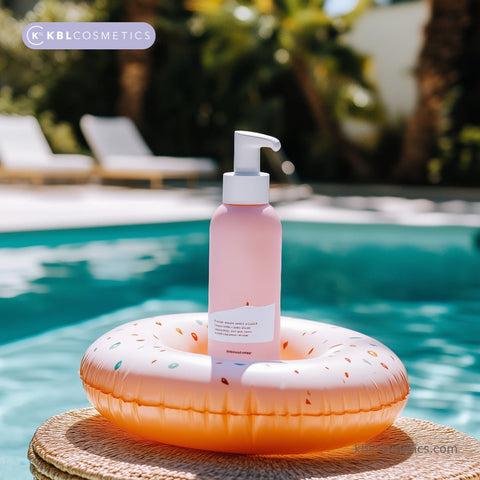Cosmetic product development is a multifaceted and highly technical process that blends cosmetic science, formulation development, and regulatory compliance. As the cosmetics industry continues to grow, developers face increasing pressure to innovate, meet strict safety standards, and align with consumer preferences. Whether you're building a new product prototype or exploring product-line extensions, understanding the typical challenges in this space is essential to navigate the product development process successfully.
Understanding regulatory requirements and compliance
One of the primary challenges in cosmetic development is managing regulatory issues across different regions. Regulatory requirements include maintaining accurate product information files, submitting CPNP registration in the EU, and ensuring proper labeling requirements according to global regulations. Developing INCI statements, substantiating product claims, and working with a regulatory partner is critical. Every step, from formulation development to packaging and labeling, must adhere to these standards to avoid legal complications and ensure consumer safety.
Formulation techniques and ingredient challenges
Effective cosmetic formulation depends on the use of active ingredients, formulation techniques, and careful ingredient search. Creating reliable cosmetic formulas involves balancing product performance, stability, and safety. Developers must source safe, consistent raw material from trustworthy raw material suppliers. This includes raw material procurement, application of green chemistry, and alignment with sustainable practices. The R&D team must also evaluate ingredient compatibility and ensure the formula aligns with the product brief and current market trends.
Testing strategies and quality control protocols
Comprehensive testing strategies are essential to validate the safety and performance of a cosmetic product. These include clinical trials, microbiological test procedures, laboratory tests such as the challenge test, and stability and compatibility test protocols. Safety data sheets must be maintained throughout the development. Consistent quality is ensured through quality control protocols applied during manufacturing processes. A full-size trial batch is typically created to identify any issues before full-scale production, with a formulation feedback loop helping to refine the product.
Managing the product lifecycle and scale-up
After successful testing, products enter the scale-up process, where technology transfer and full-scale production begin. This requires collaboration through supplier collaboration portals, streamlined production workflows, and a detailed understanding of product lifecycle management. Tools such as PLM systems support documentation, manufacturing strategies, and timely ship to trade execution. Managing this process efficiently helps maintain consistency and reduces the risk of delays or formulation changes.
Market research and consumer understanding
Another challenge in cosmetic product development is understanding consumer psychology and identifying market gaps. Through focused market research, developers can better understand customer needs, emerging cosmetics market trends, and shifting demands. This insight supports decisions about packaging concepts, sustainability topics, and marketing claims. It also helps refine product portfolios to better align with evolving expectations across segments, including natural cosmetics and prestige beauty.
Educational considerations in cosmetic product development
A well-rounded understanding of the field supports more effective development. Key areas to focus on include:
- Understanding cosmetic science and product formulation fundamentals
- Building robust testing and approval strategies, including clinical studies and lab testing
- Preparing for international manufacturing regulations and product registration
- Ensuring alignment with global regulatory standards with support from a regulatory partner
- Applying scientific research and research methodologies in lab settings, including dry lab techniques
Innovation, strategy, and team collaboration
Successful cosmetic products development relies on close coordination between teams involved in formulation, compliance, and production. Strategic planning, effective use of the NPDI process, and focus on sustainable practices all contribute to better outcomes. From early-stage prototype development to managing the final scale-up, each step must be informed by strong communication and industry knowledge. Incorporating current industry trends, focusing on performance testing, and managing supplier collaboration are all key to creating safe, effective, and well-positioned cosmetic products.
Please contact us to get started with your next cosmetic product.
